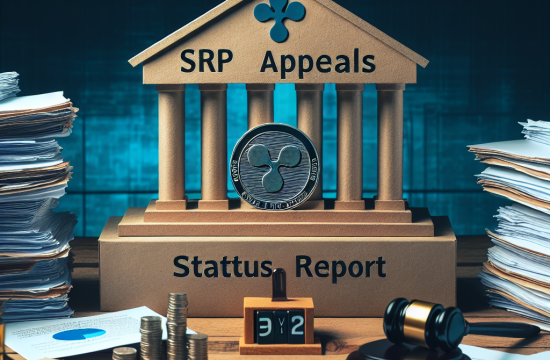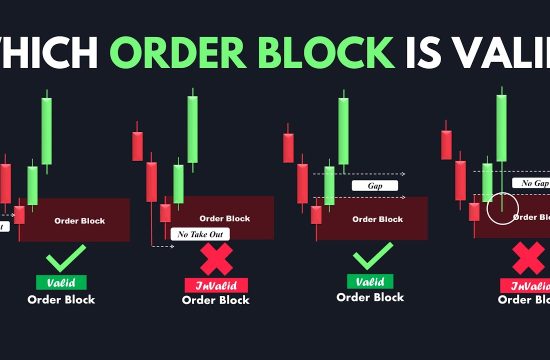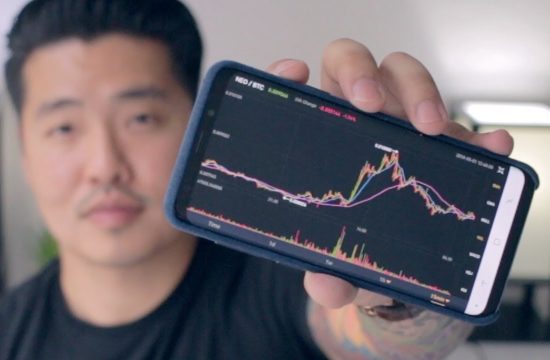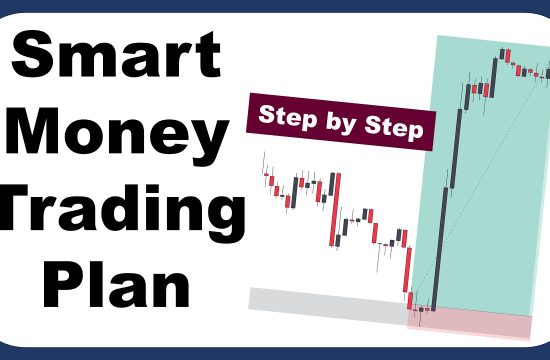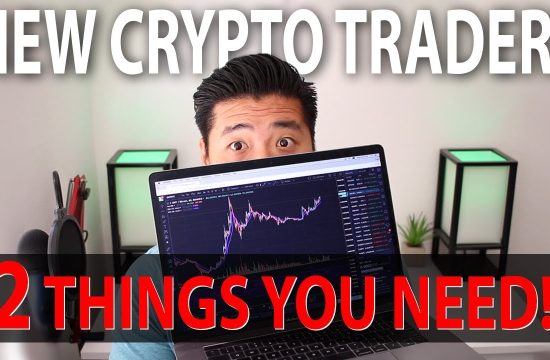Understanding Bitcoin Volatility
What is Bitcoin Volatility?
When I first dipped my toes into the crypto water, I was struck by Bitcoin’s wild price swings. Volatility refers to how much the price of Bitcoin can change over a short period. In fact, it’s this very volatility that can make trading both thrilling and nerve-wracking!
In plain terms, volatility shows how unpredictable the market is. A higher volatility means the price can change rapidly in any direction. For a Bitcoin newbie, this can feel like a rollercoaster ride—exciting, but you might want to hold onto something tight!
Understanding this concept is crucial because it shapes your trading strategy. If you’re looking for steady profits, volatility can work against you. But if you’re after quick gains, you can harness that volatility to watch your profits soar!
Why Does Bitcoin Experience Such Volatility?
There are a handful of reasons behind Bitcoin’s volatility. First off, this digital currency is still finding its place in the world. Factors like market speculation, regulatory news, and macroeconomic trends can all trigger significant price swings. I’ve seen good news send prices soaring and a single tweet crash them!
Secondly, the relatively low market cap compared to traditional assets means that large purchases or sales can cause bigger price fluctuations. Just like the ripples in a pond grow larger when something big gets thrown in, the smaller crypto market is sensitive to these kinds of events.
Lastly, it’s all about psychology. Fear and greed drive many traders, and when emotions run high, volatility can spike. Understanding these dynamics helped me keep a level head when the prices danced in my favor or against me.
The Impact of News on Bitcoin Prices
Ever noticed how quickly Bitcoin prices can change following a news report? That’s no coincidence! Major developments, whether they’re regulatory announcements or global events, can significantly affect trader sentiment. I learned early on to keep my news feed handy!
For example, when countries announce their stance on Bitcoin—whether they’re embracing it or clamping down—traders usually react strongly, leading to quick price shifts. Staying updated on news and understanding its potential impact can be a game-changer in how you strategize your trades.
So, be sure to follow credible sources. Reddit, Twitter, and dedicated crypto news sites became my go-to spots. Being informed can help mitigate risks and, more importantly, grab opportunities as they pop up!
Establishing Your Trading Strategy
Choosing a Trading Style
When I started trading, one of the first steps was figuring out my style. Just like in any other hustle, there are different approaches—day trading, swing trading, scalp trading, and more. Each comes with its own vibe and risk factor.
Day trading is all about quick entries and exits, capitalizing on small price movements. Swing trading is a bit more relaxed, as it involves holding positions for days or even weeks. I tried both to see what suited me best but found a sweet spot with swing trading due to my busy schedule.
Whatever you choose, make sure it aligns with your goals and lifestyle. Finding a style that suits you is key to maintaining your sanity and keeping pace with the volatility of Bitcoin trading!
Creating a Risk Management Plan
As I dove deeper into trading, I realized how essential a solid risk management plan is. It’s like having a safety net when walking a tightrope. The idea is simple: don’t risk more than you can afford to lose.
Set maximum loss limits for yourself. For instance, I decided that I wouldn’t risk more than 2% of my capital on a single trade. This way, even if the market took a nosedive, I’d still have enough left to keep striking out again.
Additionally, always use stop-loss orders, which automatically sell your Bitcoin if it goes below a certain price. This tactic has saved my bacon more than once and helped me sleep a little better at night!
Backtesting Your Strategy
Before putting real money on the line, I recommend backtesting. This involves simulating your trading strategy on historical data to see how it would’ve performed. It’s like taking your car for a test drive!
Backtesting can unveil insights about your strategy’s effectiveness, strengths, and weaknesses. I went through several iterations, tweaking as needed, and ultimately felt more confident in my decisions when stepping into live trades.
Various trading platforms offer backtesting tools—make sure to leverage these! It’s all about going in prepared, and backtesting is an awesome way to boost your confidence in your strategy.
Staying Emotionally Resilient
The Psychology of Trading
Trading is as much about managing your mind as it is about managing your money. When I first started, it was easy to get swept up in emotions—excitement over gains and panic over losses. But I quickly realized that emotional decisions rarely lead to sound trading actions.
Understanding the psychology behind trading is crucial. Fear of missing out (FOMO) can push you to make impulsive trades, while fear of loss can keep you from making necessary moves. I learned that establishing rules and sticking to them helps keep emotions in check.
Reading books about the psychology of trading helped me gain insights that I could apply in real-time. Balance is key when dealing with market stress and excitement—keeping a level head is a trader’s best friend!
Maintaining a Trading Journal
One of my favorite tools for emotional resilience is keeping a trading journal. At first, it seemed a bit tedious, but documenting each trade I made turned out to be a gem of a practice. Reflecting on why I made specific decisions helped me learn from my wins and losses alike.
In this journal, I jotted down my thoughts, emotions, and strategies behind every trade. Was I feeling confident, or was I chasing losses? By reviewing these entries regularly, I could pinpoint patterns and feelings that led to both success and failure.
This process revealed valuable insights into my trading behaviors. Plus, it’s rewarding to look back and see how far I’ve come. So, I can’t stress enough how vital journaling is in this often tumultuous world of Bitcoin trading!
Finding Support and Community
Lastly, one of the best emotional boosters is finding a community. I started connecting with other traders—online or in local groups—to share experiences, tips, and common frustrations. Being part of a supportive group made the ups and downs feel a little less daunting.
Whether it’s Reddit forums, Facebook groups, Discord channels, or local meetups, engaging with others facing similar challenges is invaluable. Not only do you get practical trading advice, but it eases the emotional burden too.
Camaraderie can go a long way in helping you stay mentally tough through the storm of volatility. Remember, none of us are in this alone, and sharing insights makes us all stronger traders!
FAQ
1. What is Bitcoin volatility?
Bitcoin volatility refers to how dramatically the price of Bitcoin can change within a short period. It makes trading both exciting and challenging, especially for beginners.
2. How can I minimize my risks in Bitcoin trading?
To minimize risks, always set loss limits for each trade, use stop-loss orders, and stick to a well-defined trading strategy. Risk management is key!
3. What’s the best trading style for beginners?
The best trading style depends on your schedule and comfort level. Many beginners start with swing trading, which doesn’t require constant monitoring like day trading does.
4. Why is maintaining a trading journal important?
A trading journal helps you track your decisions, emotions, and outcomes. It’s a valuable tool to reflect on and learn from your trades over time.
5. How can I find support as a new trader?
Joining communities—like online forums, social media groups, or local meetups—can connect you with other traders. Sharing experiences and strategies with others can be incredibly uplifting and informative!
Related Content
- $105 Billion Electronics Giant Sony To Launch New Bitcoin Exchange
- Palau’s Stablecoin Audit Process Advances
- Bitcoin, Ethereum Technical Analysis: BTC, ETH Consolidate on Saturday, Despite Optimism Fed Could Soon Pivot
- Bitcoin Technical Analysis: BTC Traders on Edge as Mixed Signals Keep Market Guessing
- World’s Largest NFT Marketplace Opensea Reveals Drop Improvements, Arbitrum L2 Support





